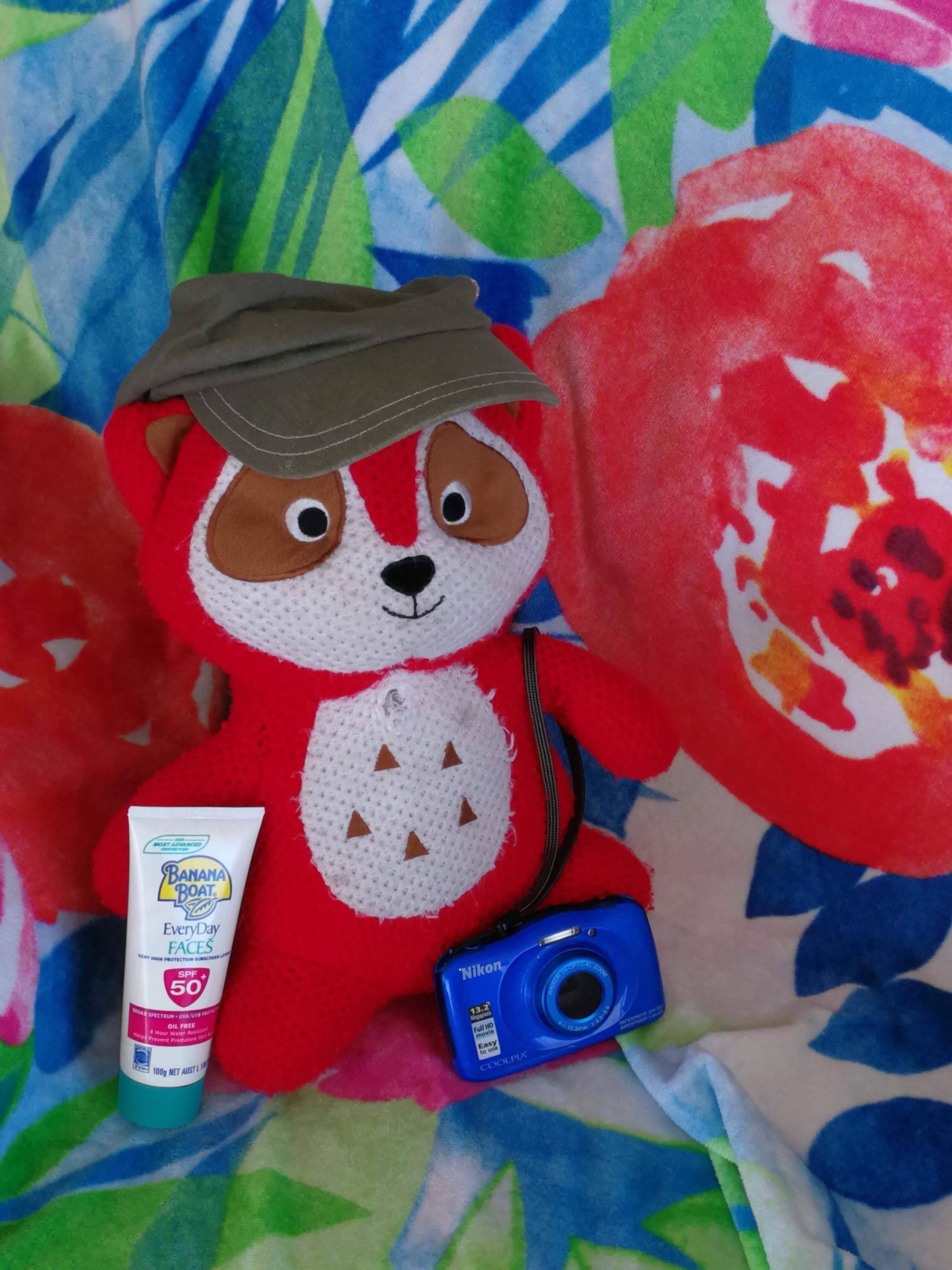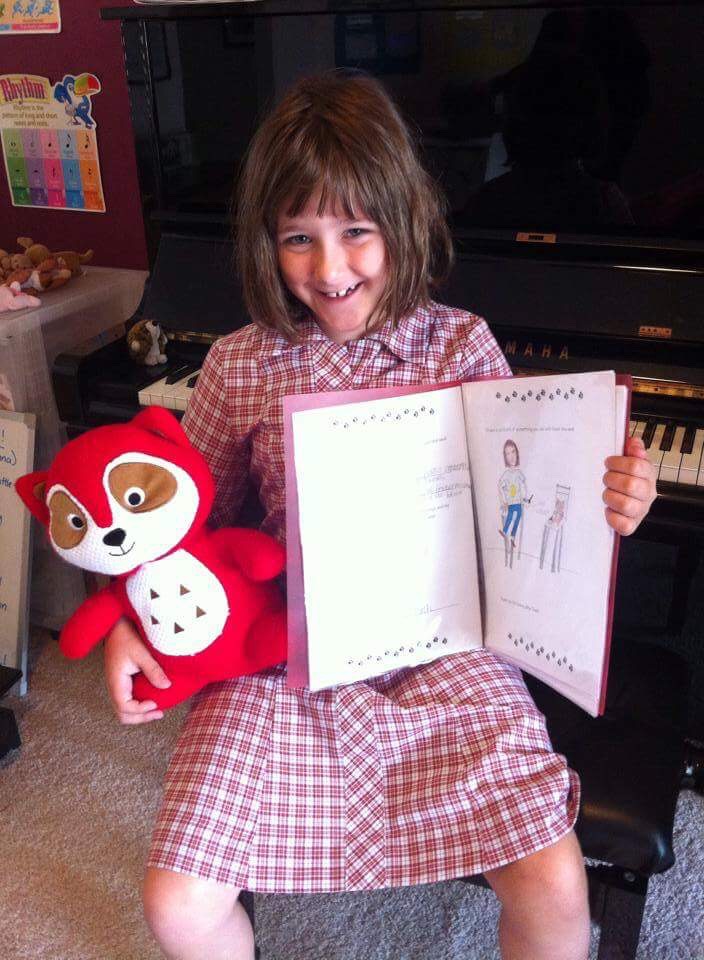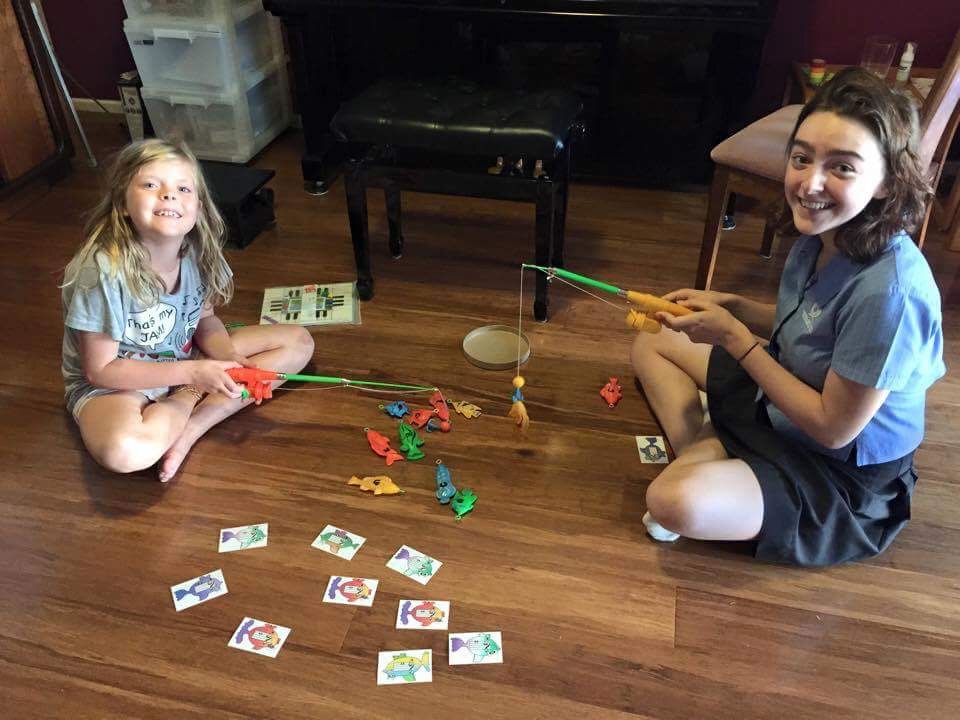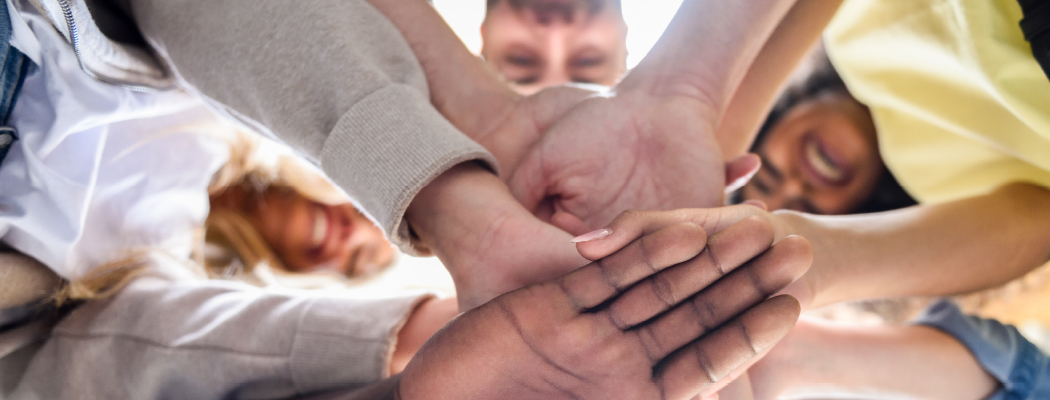The What and the Why
Learning the piano can be quite an isolating experience compared to other activities in a child’s life. Their sports teams meet several times a week to train with teammates and a coach, their other instruments include weekly rehearsals with ensembles, and their school life centres on a class of their peers and an ever-present teacher. When we compare that with the process of learning piano — having 30-60 minutes with a teacher once a week, and the rest of the time left to practice at home alone (or with a parent if we’re lucky) — there’s quite a difference. Bringing a sense of community into your piano studio can help us bring more connection, motivation and inspiration into the child’s piano journey.
The All-important How
It has become very important to me to foster a feeling of connection between my students. I want them to develop friendships that made recitals and exams a more positive and social experience, and I want them to be inspired and help motivate each other, from the little ones to the teens. The five most successful strategies that I have in place in my studio are:
Overlapping Lessons
One of the most successful strategies in my studio has been to pair students up for overlapping lessons (Disclaimer: I’ve only tried this with high school students so far, who were at a similar level). I have each student pay for a 60 minute lesson, but the second student arrives 15 minutes early, and the first one stays 15 minutes later. Therefore, they each get a 45-minute private lesson, and 30 minutes of shared time. We use this time for theory, aural, duets, music history, listening, performance practice, and so on. It’s productive, as I don’t double up on teaching the same topic in two separate lessons, and some activities work better peer-peer than student-teacher! It’s also easier than scheduling group lessons, as no extra time in your schedule is needed, and there’s no negotiating a second lesson time with families. The students have formed close bonds with one another and the friendship is evident not only in their lessons but at recitals and exams, clearly lightening the mood for them.
Practice Pets
The concept of a ‘class pet’ is a common one in primary school. There’s a cute stuffed toy that students take home on a weekly rotation and document their weekly activities together. So why not for a piano studio? We have Dash the raccoon and Fuzzy the bear, who go home with a different student each week. I was surprised that even the ‘too cool’ tweens were asking when it was their turn! A display folder goes home with the pet and students fill out a page about the pieces they played for the pet, their favourites, his favourites, and draw a picture of something they did together. Students are always asking to look through the folders while waiting for their lessons, and often comment on what pieces other children have written about, exclaiming “I remember that song! I love that one!” or “I can’t wait to learn Phantom of the Opera” (a studio favourite!). It’s an easy, low-preparation task that gives students an insight into other children’s piano lessons, and a little boost of motivation whenever it’s their turn.

Piano Parties
A relaxed way to get students together and include a performance element is to host a piano party. I split these into two age groups, Primary and High School, and hold them on a weekend once or twice a year. If you teach from a school, try a lunchtime party for a few year levels at a time. I personally don’t charge specifically for each party, but parents pay an annual enrolment fee that covers these opportunities.
For the younger group, when students arrive I have games set up on the floor for them to join in, and when everyone has settled after about 20 minutes we do some casual performances. Performing is optional, so the less confident students can still attend without feeling like they have to perform. Most end up wanting to perform by the end of the afternoon, or by the next party. Students cheer each other on and give over-the-top rounds of applause, keeping it fun and encouraging. After the performances they go back to the games set up, and play and chat until their parents arrive. You could set up music games that your students are familiar with from lessons, or use standard childhood games. I usually put out Lego, memory games, Jenga, some beanie toys, and a few music games that my students know how to play.
For the older group, everyone brings some snack food, and we just put on some music and chat for a while before and after performances. They like to share YouTube videos with each other and the afternoon usually ends up with everyone around the piano playing and singing their favourite chart, Broadway or movie hits. We’ve also held pizza parties and a movie night for some variety.

Piano Camps
Held over a few days in the school holidays, Piano Camps are a fun way to have groups of students together for musical activities without it being a weekly or monthly scheduled class. They also happen to be a great way to boost your income over the holidays! I’ve written about this topic before so have a look back at Issue Five of The Piano Teacher (May 2014) ‘Piano Camp’
Student-only Recitals
Leading up to exam sessions, we’re often looking for additional performance opportunities for our students. Student-only recitals are a low-fuss way of catering to this need, without all the planning that comes with full studio recitals. Students with upcoming exams are invited to the studio for an hour to perform their exam programs for each other. This is a relaxed setting for discussing performance etiquette for both performer and audience, and encouraging students to develop critical listening skills. As each student performs their program, the others write 3 positive things from the performance, and 1-3 suggestions for improvement. I collect these and discuss them with each student in their following private lessons to avoid any discomfort in a group setting.
Start with the idea that seems the easiest to implement in your studio; there’s no need to do everything at once. You can slowly introduce some of the other strategies as you feel comfortable, and add ideas of your own. Then, sit back and relax as you watch a sense of community develop and strengthen within your studio, and enjoy the benefits that follow!

